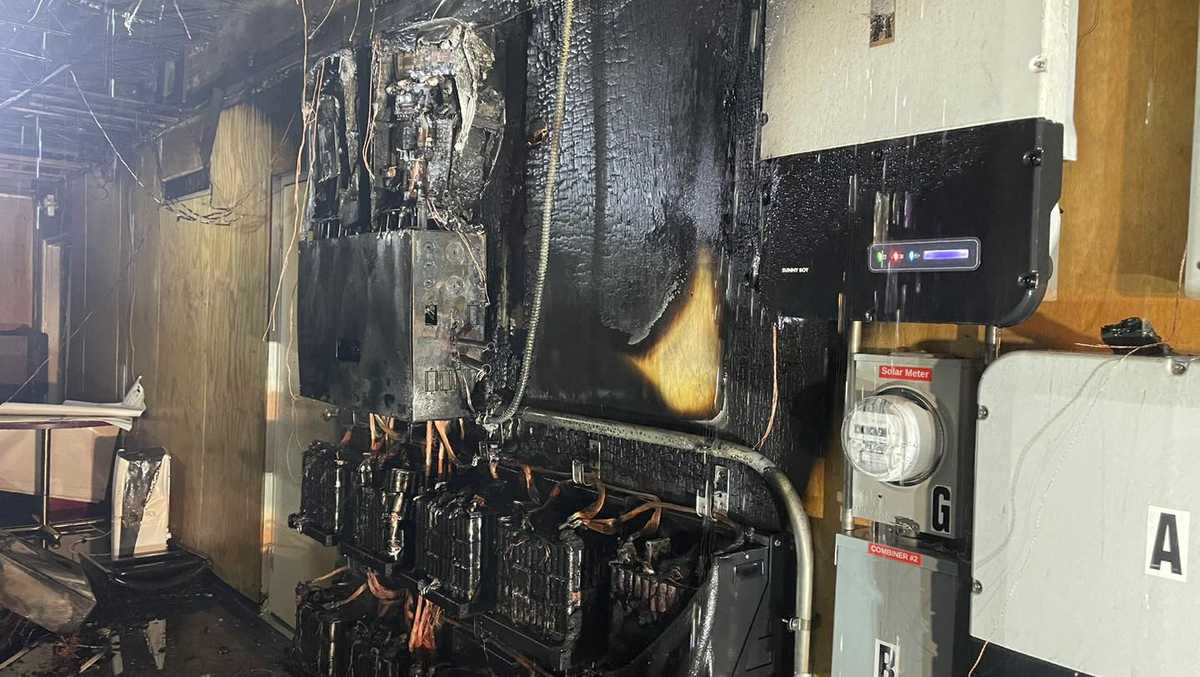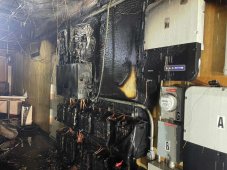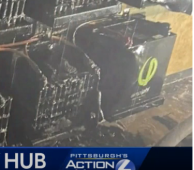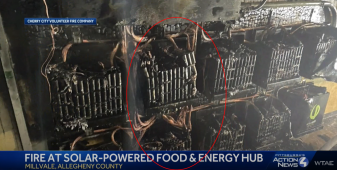
Fire breaks out at Millvale Food & Energy Hub
Firefighters responded to a building that houses the Sprezzatura restaurant and 412 Food Rescue on Sherman Street in Millvale.

Last edited:





Unjustly…Yeah this was a big story here. They scared a lot of people.


